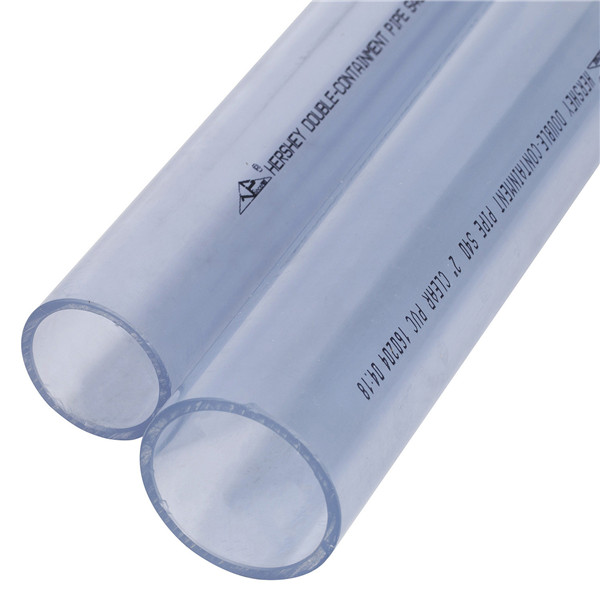Dec . 05, 2024 14:24 Back to list
hdpe sheet thickness
Understanding HDPE Sheet Thickness A Comprehensive Guide
High-Density Polyethylene (HDPE) sheets are versatile materials widely used across various industries due to their strength, durability, and resistance to chemical exposure. The thickness of HDPE sheets plays a crucial role in determining their suitability for specific applications, alongside their physical properties. This article explores the importance of HDPE sheet thickness, its implications in different industries, and how to select the right thickness for your needs.
What is HDPE?
Before diving into thickness considerations, it’s essential to understand what HDPE is. High-Density Polyethylene is a thermoplastic made from petroleum, characterized by a high strength-to-density ratio. It stands out due to its durability, chemical resistance, low moisture absorption, and impact resistance, making it an ideal choice for various applications, from construction to packaging.
Importance of Thickness
The thickness of an HDPE sheet significantly impacts its performance, durability, and application potential. Generally measured in millimeters (mm) or inches, different thicknesses are available to cater to specific needs. Here are some key factors influenced by the thickness of HDPE sheets
1. Load-Bearing Capacity Thicker sheets naturally possess a higher load-bearing capacity, making them more suitable for structural applications or where heavy loads are encountered. For example, in the construction industry, thicker HDPE sheets are favored for applications such as flooring and wall panels.
2. Durability and Longevity In environments exposed to harsh conditions, thicker HDPE sheets often offer greater durability and a longer service life. Their resistance to physical stressors such as impacts, abrasion, and chemicals improves with increased thickness.
3. Cost Considerations Thicker sheets can be more expensive than their thinner counterparts. Depending on the project budget and specific requirements, it may be necessary to balance the benefits of additional thickness with cost-effectiveness.
4. Processing and Fabrication The thickness of the HDPE sheet may also affect how easily it can be manipulated for fabrication. Thicker sheets may require specialized tools for cutting, welding, or machining, which can impact project timelines and machinery costs.
Common Applications Based on Thickness
HDPE sheets come in various thicknesses, typically ranging from 0.5 mm to 100 mm or more. Here’s a breakdown of typical applications based on sheet thickness
hdpe sheet thickness

- Thin Sheets (0.5 mm - 6 mm) These thinner sheets are commonly used in applications such as liners for ponds, protective coverings, signage, and protective barriers. The lightweight nature makes them easy to handle and install.
- Medium Sheets (6 mm - 25 mm) Medium thickness sheets are ideal for applications requiring moderate strength and durability, such as industrial containers, high-wear flooring, and outdoor furniture. They strike a balance between strength and weight.
- Thick Sheets (25 mm and above) These sheets are used in heavy-duty applications such as structural components, heavy machinery parts, and storage tanks. Their robust nature allows them to withstand significant loads and aggressive environments.
Selecting the Right Thickness
When selecting an HDPE sheet thickness for your project, consider the following factors
1. Application Requirements Evaluate what the sheet will be used for. Consider weight, stress, and environmental exposure to ensure you choose an appropriate thickness.
2. Budget Constraints Determine your budget and assess how thickness options affect overall cost. Sometimes, opting for a thicker sheet could provide long-term savings in durability and reduced maintenance.
3. Processing Capabilities Ensure that your processing methods are compatible with the chosen thickness. If you lack the necessary machinery, it might be more feasible to work with thinner sheets.
4. Supplier Recommendations Consulting with suppliers who can provide guidance based on your specific application can be invaluable. They can help tailor solutions to meet your requirements.
Conclusion
Understanding HDPE sheet thickness is essential for making informed decisions regarding material selection for specific applications. By evaluating load-bearing needs, durability, cost implications, and processing considerations, you can choose the right thickness that aligns with your project goals. With the proper thickness, HDPE sheets can deliver exceptional performance, enhancing the longevity and reliability of your products and installations.
-
Premium HDPE Water Supply Pipes: Durable & Leak-Proof
NewsAug.03,2025
-
Premium PVC-M Water Supply Pipe - Durable & Efficient
NewsAug.02,2025
-
Premium PP Welding Rod: GPT-4 Turbo Enhanced
NewsAug.01,2025
-
HDPE Drainage & Irrigation Pipe - Durable, Efficient Solutions
NewsAug.01,2025
-
Premium PVC Transparent Pipe: Durable & Clear Solutions
NewsJul.31,2025
-
High-Quality UPVC Electrical Pipe for Safe Wiring Solutions
NewsJul.30,2025

